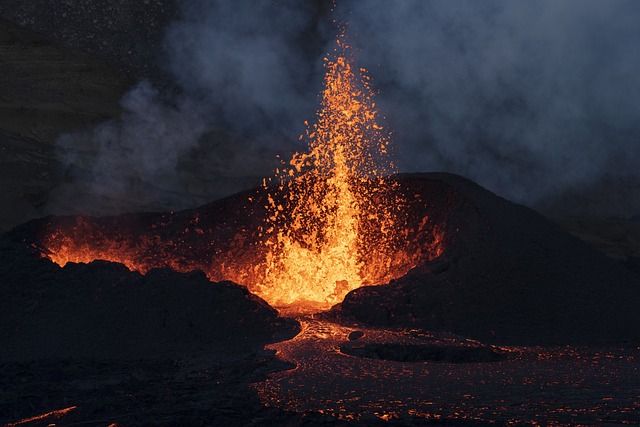Volcanoes, these natural wonders are some of the most awe-inspiring and terrifying features of the natural world, and they have played a significant role in shaping the earth’s surface and climate over the course of its history.
Volcanoes are geological formations that occur when molten rock (magma) and ash spew out of an opening in the Earth’s surface. These openings, called vents or fissures, can be found on the Earth’s crust as well as on other planets and moons. Volcanoes form when magma from deep within the Earth rises up and collects in magma chambers near the Earth’s surface. As the magma becomes more and more pressurized, it eventually erupts through the Earth’s crust, creating a volcano.
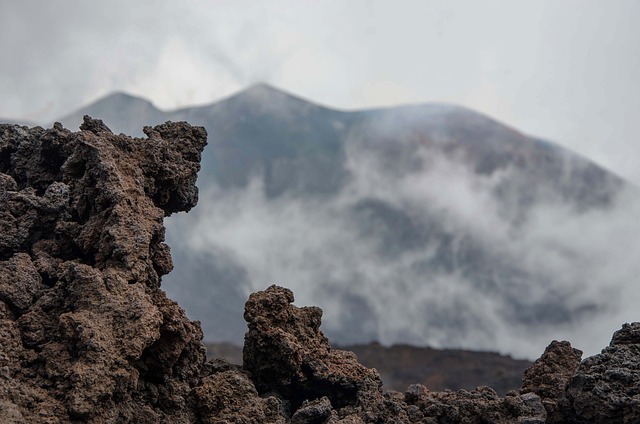
Volcanoes 101
What is a volcano?
A volcano is a mountain or hill formed by the accumulation of materials erupted through one or more openings in the Earth’s surface. Volcanoes can be active, dormant, or extinct. Active volcanoes are currently erupting or have erupted within recorded history. Dormant volcanoes are not currently erupting, but could erupt again in the future. Extinct volcanoes are not expected to erupt again.
How do volcanoes form?
There are several different ways that volcanoes can form. The most common way is through the process of plate tectonics, where the Earth’s crust is made up of large plates that move slowly over time. When two plates collide, one plate can be pushed beneath the other, a process known as subduction. As the plate sinks into the mantle, it begins to melt and form magma, which can rise to the surface and erupt through a volcano. Volcanoes can also form where hot spots, or areas of molten rock, exist beneath the Earth’s surface.
Different Types of Volcanoes
What are the different types of volcanoes?
There are several different types of volcanoes, including stratovolcanoes, shield volcanoes, and cinder cone volcanoes. Stratovolcanoes, also known as composite volcanoes, are typically tall and cone-shaped with steep slopes. They are formed by the eruption of thick, viscous lava and are often associated with explosive eruptions. Shield volcanoes, on the other hand, are much flatter and have gentle slopes. They are formed by the eruption of thin, fluid lava and tend to have less explosive eruptions. Cinder cone volcanoes are small, steep-sided cones that are formed by the eruption of ash and cinders.

Active and Dormant Volcanoes
There are several factors that can contribute to whether a volcano is active or not. One important factor is the amount of magma present in the magma chamber beneath the volcano. If there is enough magma present, the volcano may become active and erupt. Other factors that can affect a volcano’s activity include the type of magma and the pressure in the magma chamber. Volcanoes that have erupted in the past are more likely to erupt again in the future, although there is no way to predict exactly when an eruption will occur.
Overall, volcanoes are fascinating geological formations that have shaped the Earth’s landscape for millions of years. They are powerful and awe-inspiring, and they continue to play an important role in the Earth’s geology and climate.
Volcanic Eruptions
What causes a volcano to erupt?
A volcano erupts when magma (molten rock) and ash escape from a vent in the Earth’s surface. Magma is formed when the Earth’s mantle melts due to heat and pressure. This molten rock rises through the Earth’s crust and collects in magma chambers. When the pressure in the magma chamber becomes too great, the magma is forced up through the vent and out onto the Earth’s surface.
What are the different types of volcanic eruptions?
There are three main types of volcanic eruptions: effusive, explosive, and explosive-effusive. Effusive eruptions are characterized by the steady and continuous flow of lava from the volcano. Explosive eruptions are characterized by the explosive release of gas and ash from the volcano. Explosive-effusive eruptions are a combination of the two, with both lava flow and explosive activity.
What are the effects of a volcanic eruption?
Volcanic eruptions can have a range of effects, both positive and negative. On the positive side, volcanic eruptions can create new land, provide fertile soil for agriculture, and generate geothermal energy. On the negative side, volcanic eruptions can cause destruction of property, loss of life, and environmental damage. Volcanoes can also cause landslides, flash floods, and air pollution.
Can volcanic eruptions be predicted?
There are several signs that can indicate that a volcano is about to erupt, such as increased earthquake activity, ground deformation, and changes in gas emissions. However, predicting exactly when an eruption will occur is difficult, and scientists use a variety of techniques to monitor and study volcanoes in order to better understand their behavior.
Volcano Hazards Program
The Volcano Hazards Program, managed by the USGS, aims to decrease the negative impact of volcanic activity and unrest by providing accurate forecasts, warnings, and information about volcano hazards. With a focus on scientific knowledge of volcanic processes, the program’s goal is to increase public safety and reduce social and economic disruption caused by potential eruptions. The U.S. has around 170 volcanoes that are considered potentially active.
Is it possible to predict earthquakes?
Famous volcanoes
A volcano is an opening in the Earth’s surface where molten rock, ash, and gas can escape. Volcanoes can be found all over the world and come in many different shapes and sizes. Some are highly active and erupt frequently, while others are dormant or extinct. Here are some of the most famous volcanoes in the world and their characteristics:
Mount Vesuvius

Mount Vesuvius is located in Italy, Mount Vesuvius is best known for its eruption in AD 79 that buried the Roman cities of Pompeii, Herculaneum, and Stabiae. It is considered one of the most dangerous volcanoes in the world due to its proximity to the city of Naples and its history of violent eruptions.
Krakato
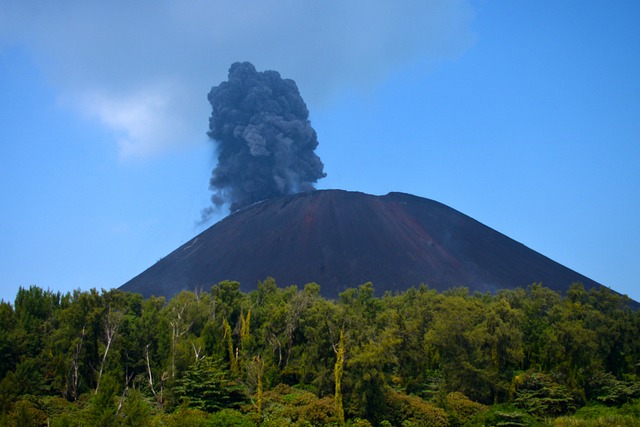
Krakatoa located in Indonesia, Krakatoa is famous for its eruption in 1883, which was one of the most powerful in recorded history. The eruption was heard as far away as Australia and killed more than 36,000 people. The eruption also created a massive tsunami that destroyed many coastal villages.
Mount St. Helen
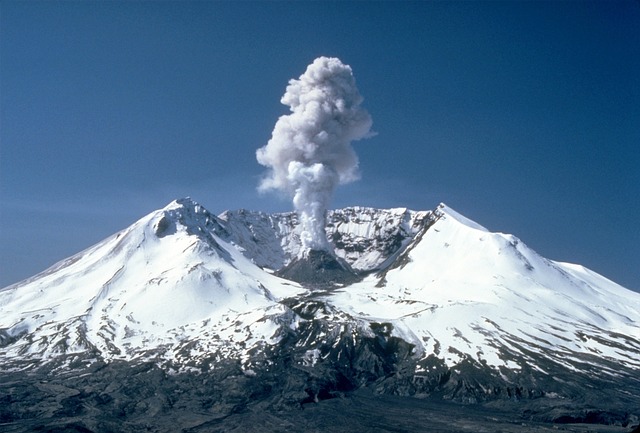
Mount St. Helens is located in the United States, Mount St. Helens is famous for its eruption in 1980, which was the deadliest and most destructive volcanic event in U.S. history. The eruption killed 57 people, caused widespread damage to the surrounding area, and created a new crater on the mountain.
Mount Fuji
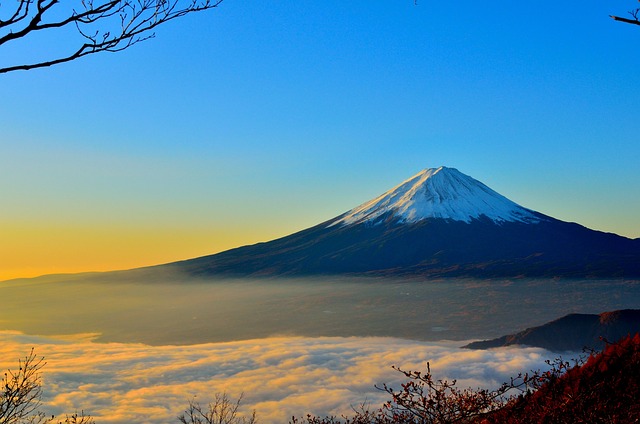
Mount Fuji is located in Japan, Mount Fuji is the highest volcano in Japan and is considered a sacred mountain. It is also a popular tourist destination, with thousands of people climbing it every year. It last erupted in 1707-1708.
Mount Etna

Mount Etna is located in Italy, Mount Etna is one of the most active volcanoes in the world and has been in a near-constant state of eruption for thousands of years. It is also one of the most well-studied volcanoes in the world, with scientists monitoring its activity closely.
Mount Pelee
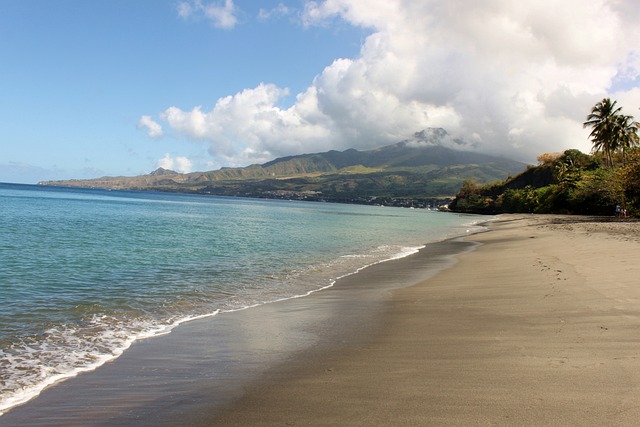
Located in Martinique, Mount Pelee is famous for its eruption in 1902, which killed more than 30,000 people in the nearby town of Saint-Pierre. The eruption was one of the deadliest in history and destroyed the entire town.
Interesting facts and statistics about volcanoes
How many volcanoes are there in the world?
There are over 1,500 active volcanoes in the world, with many more that are dormant or extinct. Most active volcanoes are located in the “Ring of Fire,” a zone of frequent volcanic and earthquake activity that encircles the Pacific Ocean.
The Largest Volcanoes on Earth
There are many active volcanoes around the world, with some of the most well-known being Mount St. Helens in the United States, Mount Vesuvius in Italy, and Mount Etna in Sicily. However, there are also many dormant or extinct volcanoes, which are no longer active and may not erupt again in the future. The biggest volcano in the world is believed to be Mauna Loa, a shield volcano located on the island of Hawaii. It is the largest volcano on Earth in terms of volume and area covered, and it has been active for at least 700,000 years.
- The world’s largest volcano is Mauna Loa on the island of Hawaii. It is a shield volcano that covers an area of 5,271 square miles (13,678 square kilometers) and is more than 17 miles (27 kilometers) long.
- The world’s most active volcano is Kilauea on the island of Hawaii. It has been erupting almost continuously since 1983, and has erupted more than 30 times in the past 200 years.
- The world’s highest volcano is Ojos del Salado in Chile and Argentina, which stands at a height of 22,615 feet (6,893 meters).
- Volcanoes are found on every continent, including Antarctica.
- The term “volcano” comes from the Roman god of fire, Vulcan.
- The eruption of the Toba supervolcano in Indonesia 74,000 years ago is thought to have caused a volcanic winter that lasted for six to ten years, and may have reduced the human population to as few as 15,000 individuals.
- Volcanic ash can travel great distances and can cause damage to aircraft engines, as well as affect air traffic and cause flight cancellations.
- Volcanoes also have positive effects on the environment and can create new land, as well as provide fertile soil for agriculture.
- Volcanoes are also associated with geothermal energy, which can be used to generate electricity.
- Volcanic eruptions can also create beautiful landscapes and tourist attractions, such as hot springs, geysers, and colorful volcanic landscapes.
Volcanoes and Environment
How do volcanoes affect the environment?
Volcanoes can have both positive and negative effects on the environment. On the positive side, volcanic eruptions can create new land and provide fertile soil for agriculture. Volcanoes can also generate geothermal energy, which can be used as a renewable energy source. On the negative side, volcanic eruptions can cause destruction of property, loss of life, and environmental damage. Volcanoes can also cause landslides, flash floods, and air pollution.
How can volcanoes be used as a natural resource?
Volcanoes can be a natural resource in several ways. The lava and ash spewed during an eruption can be used as a source of raw materials for construction. Volcanoes can also create fertile soil, which can be used for agriculture. Geothermal energy, which is generated by the heat of molten rock beneath the Earth’s surface, can be harnessed as a renewable energy source.

